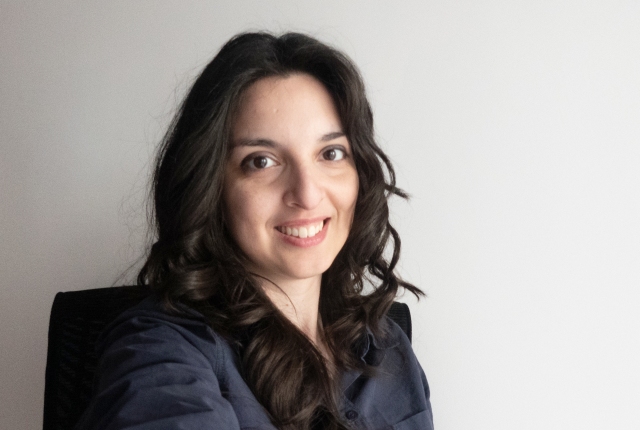Two drugs for the price of one: when side effects become valuable in the treatment of Alzheimer's disease, and are free

The review of research stories told by young protagonists stems from the @UniboPER/PhD Storytelling initiative, which saw PhD and post-doctoral students engaging with experts in popularisation, professionals from UGIS (Unione Giornalisti Italiani Scientifici) and UniboMagazine. The author of this article is Maria Giulia Prado, a PhD student in the Department of Pharmacy and Biotechnology
Using drugs already used for other conditions to treat Alzheimer's disease also has the potential to reduce healthcare costs. This is the aim of the Department of Pharmacy and Biotechnology (FaBiT) at the University of Bologna, where new therapies for the disease are being researched by making use of the vast amount of data available on the Internet and in the literature.
The "BD4AP project: BIG Data for Alzheimer's disease Polypharmacology", which started in 2021, is led by Maria Laura Bolognesi, Pier Luigi Martelli and Maurizio Recanatini, in collaboration with Maria Giulia Prado.
We are all familiar, at least indirectly, with Alzheimer's disease: it is the most common form of dementia, causing irreversible memory loss, as well as a decline in reasoning and language abilities.
Unfortunately, there is currently no cure for Alzheimer's disease. It is a very complex condition, involving the immune system and metabolism. There are very few medicines available to treat it and they do not halt the progression of the disease. They are prescribed to alleviate the symptoms, and only for a short period.
Part of the scientific community is proposing a possible solution: combining two drugs already on the market to create a combination therapy that would allow the disease to be attacked on several fronts. The problem is working out which ones, and in what doses.
The answer may lie in the databases that hold the information resulting from trials conducted over the past decades. The ADKnowledge portal, for example, contains data on thousands of Alzheimer patients. The DrugBank database, on the other hand, contains everything that is known about more than 15,000 molecules used as medicines worldwide. And so on.
Maria Giulia Prado and two young assistant professors, Elisa Uliassi and Luca Menestrina, are developing methods for exploring and critically analysing this data. The aim is to find one or more pairs of drugs that can then be tested in the laboratory.
The candidate drugs, which will have no negative interactions when used together, will work by 'resetting' the chemical processes in the body that have been altered by the disease.
Selecting such molecules may appear simple, but it is not. It involves checking thousands of pieces of information. Without modern technology, this would be an impossible task. Fortunately, the Emilia-Romagna Region has invested European Social Fund (ESF) resources in 'training projects for research in Big Data, for a more ecological, digital and resilient European region', which includes this project.
A well-known problem in pharmacology is the exorbitant cost of each clinical trial. The more economically minded might ask: if it takes billions to bring a single active ingredient to the market, what will it cost for two? They would be right, if the two drugs were completely unknown. On the other hand, using drugs that have already been proven safe saves the time and money needed to test them.
Repurposing is the increasingly common practice of using medicines to treat conditions other than those for which they were developed. In this way, one medicine’s side effect becomes its first line of action, turning an undesirable effect into a resource.
For example, aspirin is well known for its anti-inflammatory properties, and is our trusty ally against cold symptoms. However, it has an unpleasant side effect: it slows down blood clotting and can cause bleeding in predisposed people. Someone came up with the idea of turning the tables: since aspirin thins the blood, it could also be useful for people who do not have a cold but are at risk of having a stroke. Indeed, it is regularly prescribed for heart patients.
Repositioning is not a new idea. However, for Alzheimer's disease, it could bring down the prohibitive cost of new trials. In 2021, a new drug called Aducanumab was approved by the US Food and Drug Administration (FDA). Unfortunately, it’s very high price made it inaccessible to patients, wiping out a decade of effort and billions of dollars spent on clinical trials.
The 'perfect pair' will have the potential to improve patients' quality of life and delay the progression of the disease: if diagnosed in time, it could even be kept under control. At almost no cost.






